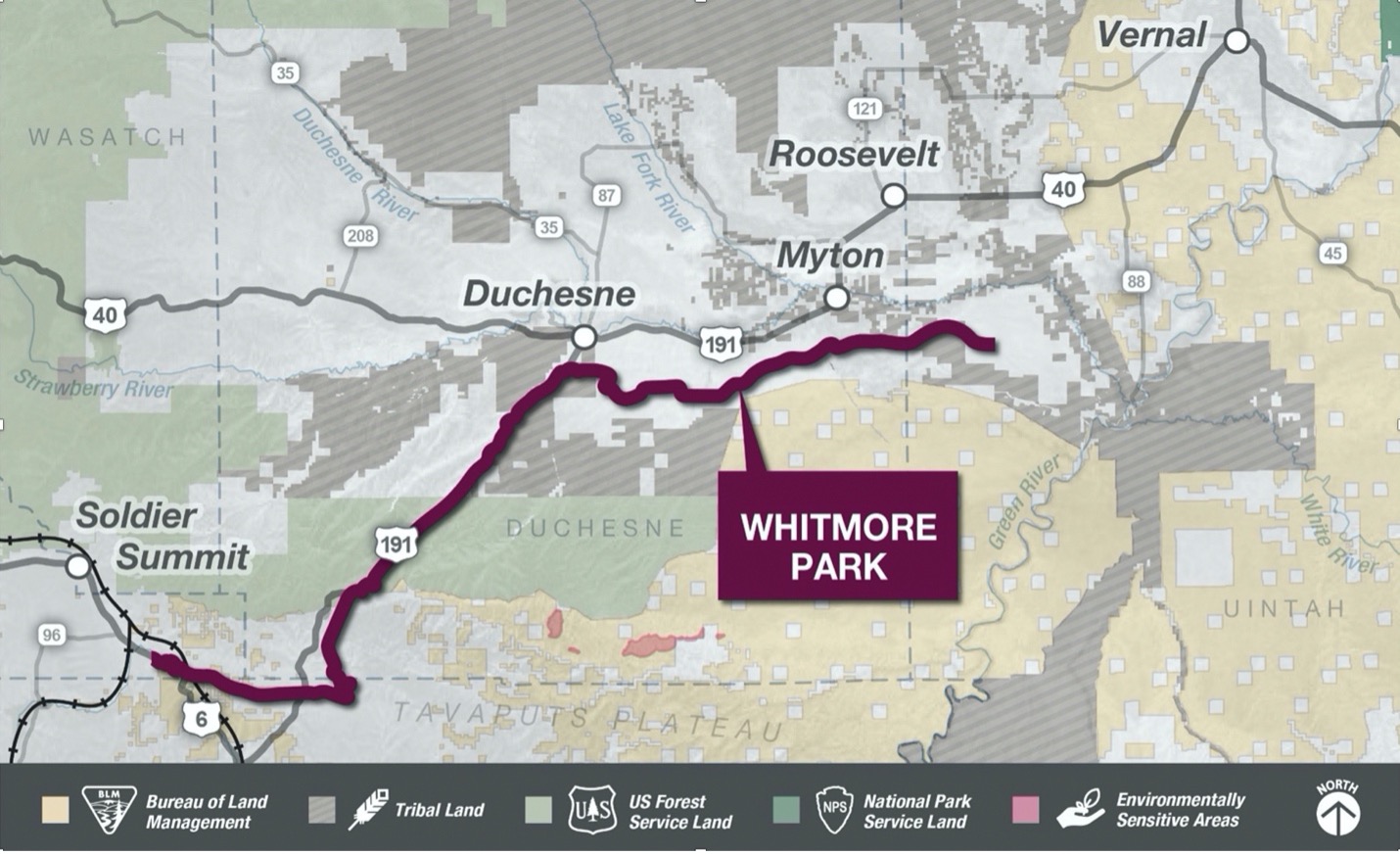
WASHINGTON – The Surface Transportation Board’s environmental review of the proposed Uinta Basin Railway was proper, the U.S. Supreme Court said today in an 8-0 decision that overturns a lower court’s order that blocked construction of the 88-mile Utah railroad.
The STB in December 2021 approved the project, noting that the transportation merits of the rail line outweighed its potential environmental impacts. The line would be used to transport waxy crude oil from the remote Uinta Basin to a connection with Union Pacific’s former Rio Grande main line. From there the crude would be hauled to Gulf Coast refineries.
Eagle County, Colo., and several environmental groups subsequently filed suit against the STB and the Seven County Infrastructure Coalition, the Utah group seeking to build the railway.
The U.S. Court of Appeals for the District of Columbia ruled in 2023 that the STB’s 3,600-page environmental review did not consider the railroad’s broader impacts, including increased drilling in the Uinta Basin and refining the oil the railroad would haul. [See “Federal court strikes down approval …,” Trains News Wire, Aug. 18, 2023]. The decision vacated the STB’s environmental impact statement and its order approving construction.
But the Supreme Court said today that the STB’s environmental impact statement, or EIS, was sufficient and was in line with the National Environmental Policy Act, or NEPA.
“Under NEPA, the Board’s EIS did not need to address the environmental effects of upstream oil drilling or downstream oil refining. Rather, it needed to address only the effects of the 88-mile railroad line. And the Board’s EIS did so,” Justice Brett Kavanaugh wrote.
The 1970 law requires federal agencies to review major construction projects and their “reasonably foreseeable” environmental impacts.
The Supreme Court said government agencies are only required to consider the direct impacts of the project under review, and that courts should defer to agencies’ judgments in environmental assessments.
“NEPA is a procedural cross-check, not a substantive roadblock. The goal of the law is to inform agency decisionmaking, not to paralyze it,” Kavanaugh wrote.
Kavanaugh noted that the Uinta Basin Railway would give oil producers a more efficient way to reach refineries. “As of now, oil from the Basin is carried by trucks that must navigate mountain passes on narrow roads, a difficult and slow journey in any season,” he wrote.
STB Chairman Patrick Fuchs hailed the ruling.
“Over the years, some have sought to abuse NEPA by unlawfully turning a procedural tool into an ideological weapon,” Fuchs said in a press release. “Today’s decision is a victory for common sense, economic growth, and meaningful environmental review. I strongly supported the Board’s approval decision and subsequent legal defense, and I am pleased the Supreme Court has upheld the diligent work of the agency for the benefit of the public.”
Justice Neil Gorsuch recused himself from the case because of work he did in private practice for Colorado billionaire Philip Anschutz, whose companies include one involved in oil exploration in Utah.
— Updated at 1:57 p.m. CT with STB comment.






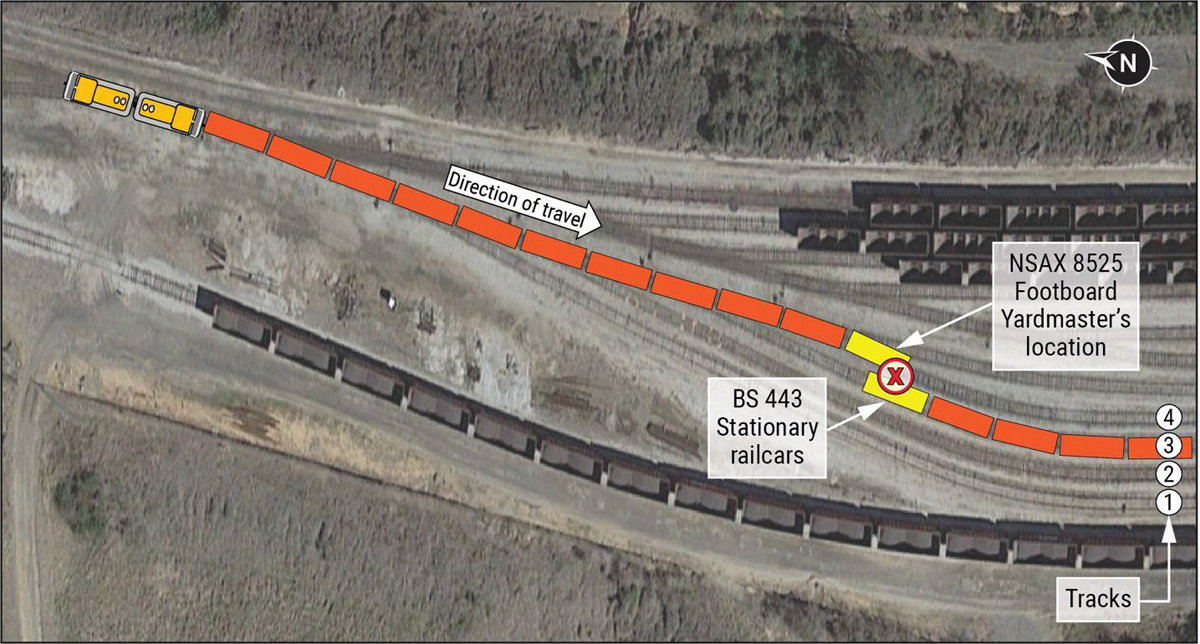
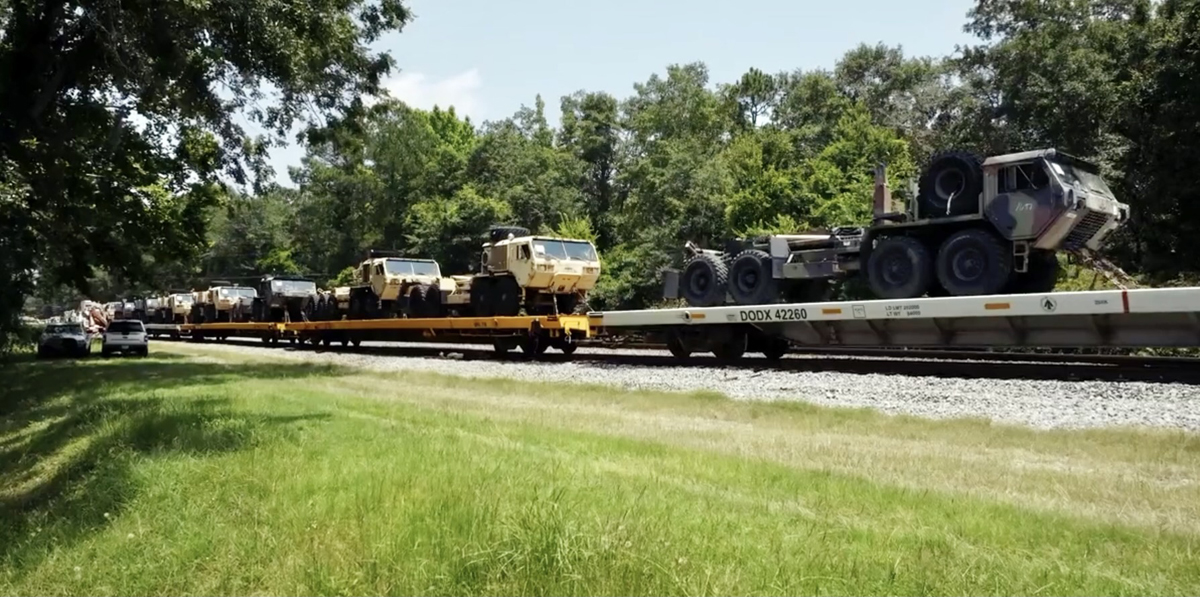
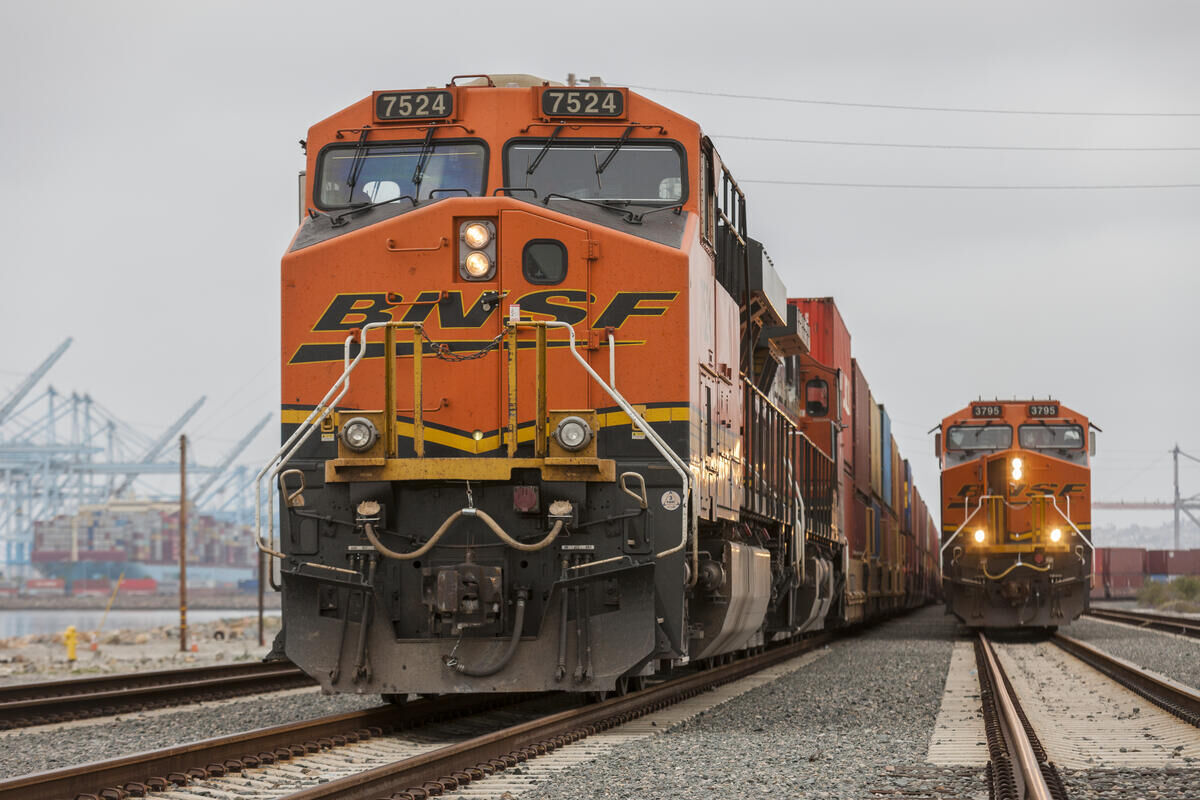
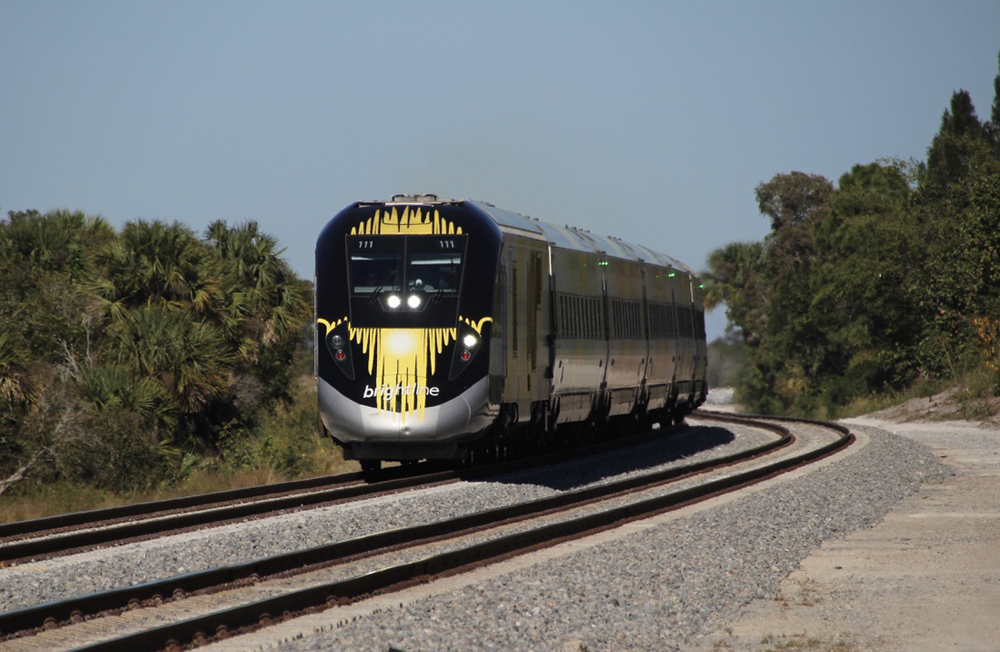



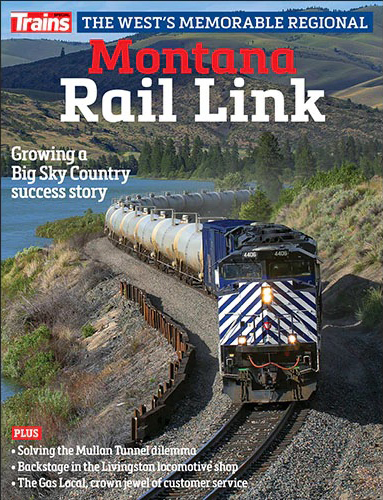
Will this be an entirely new railroad, or will it use some existing, out-of-use track and row?
Entirely new from the ground up. The last railway to touch the basin (the Uintah Railway) came on an entirely different route, was narrow gauge, and had extremely sharp curves and steep grades. This route will be built to modern standards.
And its only real product, other than occasional haulage of livestock and a few passengers was mined gilsonite. That route connected to the national network at Mack, Colorado and extended as far as Watson, Utah. Gilsonite is still mined and refined in the region but is transported in smaller quantities by truck as no rail exists close enough to make an extension economical. In the case of the 81 mile Uinta Basin Railway, as many as four trains (4 of loads and 4 of empties) would transverse this line. For more information you can see the Uinta Basin Railway website at uintabasinrailway.com
I’m reminded of the stopped analog clock…
A 3,600-page environmental impact statement for an 88-mile rail line? That’s a page for every 129 feet. And it still had to go to the Supreme Court.
Crazy, no?
8-0! Way to go! Sometimes reason. logic, and common sense do prevail. It may take a while, but sometimes they do prevail.
As predicted, SCOTUS over ruled DC Circuit.
Look for a new railroad to be built now.